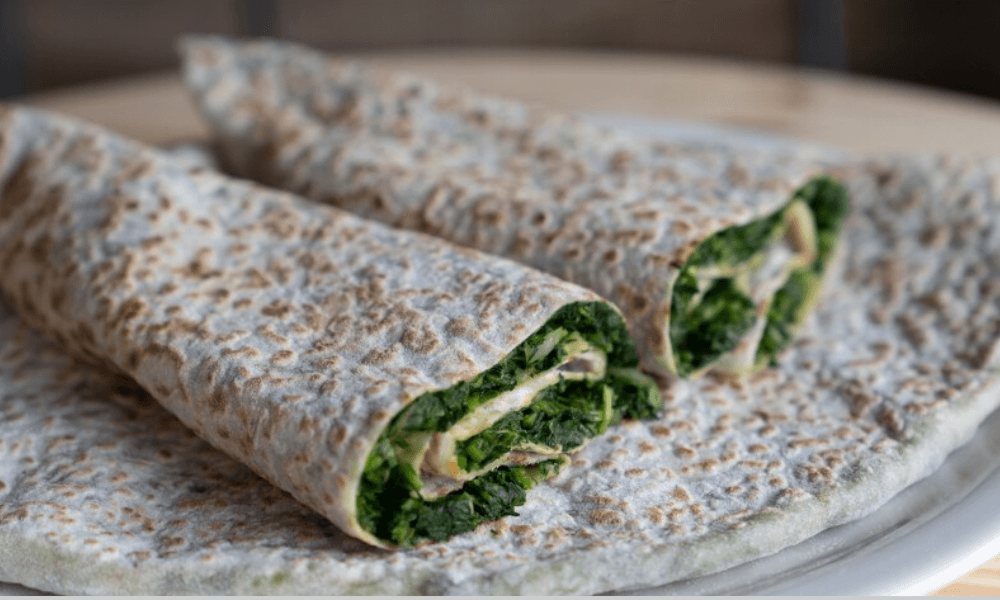
Unveiling the Culinary Treasures of Armenia: 10 National Dishes You Must Try
Armenia, nestled in the Caucasus region, boasts a rich culinary heritage that reflects its history, culture, and geography. Let’s embark on a journey to discover ten national dishes that epitomize Armenian gastronomy.
A Brief History of Armenian Gastronomy:
Armenian gastronomy has deep roots in the fertile lands of the Caucasus, dating back to ancient times. As one of the oldest civilizations in the world, Armenia’s culinary heritage has been shaped by its geographical location at the crossroads of trade routes between Europe and Asia. Over the centuries, successive empires such as the Persian, Roman, and Byzantine have influenced Armenian cuisine, introducing new ingredients, cooking methods, and flavor profiles. This intricate interplay of cultures has resulted in a culinary development that reflects the country’s rich history and cultural diversity.
Influences and Ingredients:
Armenian cuisine is characterized by fresh herbs, spices, grains, and meats. Ingredients like lamb, eggplant, yogurt, and bulgur wheat feature prominently in many dishes, showcasing the country’s agricultural abundance.
The Role of Food in Armenian Culture:
Food plays a central role in Armenian culture, bringing families and friends together during celebrations. The act of sharing meals is a cherished tradition, symbolizing Armenian hospitality and generosity.
Lavash: The Staple Bread of Armenia
Lavash, a thin, soft flatbread, holds a special place in Armenian cuisine. Made from flour, water, and salt, lavash is traditionally baked in a tandoor oven. It serves as a versatile accompaniment to various dishes or as a wrap for kebabs and vegetables.
Khorovats, Armenian-style barbecue, is a beloved dish made with marinated chunks of meat grilled to perfection over an open flame. Typically, lamb, beef, or pork is used, seasoned with garlic, onion, and local herbs. Khorovats is often enjoyed with lavash and salads.
Dolma: A Flavorful Stuffed Delight
Tolma. The famous dolma comes in many varieties, from grape leaves to stuffed vegetables filled with a mixture of rice, minced meat, herbs and spices. Variations abound across regions, with some opting for vegan fillings. Dolma is typically served with yogurt.
Harissa, also a beloved dish among Armenians, has a thick mass and is made with groat and chicken in slow fire, with aromatic spices.
Ghapama: A Festive Pumpkin Delicacy
That has an interesting and different way of cooking. A pumpkin is hollowed out and filled with a fragrant mixture of rice, dried fruits, nuts, and spices, then baked until tender.
Basturma: Armenia’s Flavorful Cured Meat
Basturma is a type of air-dried cured beef, seasoned with a blend of spices then aged to develop its distinct flavor. Sliced thinly and served as an appetizer or in sandwiches, basturma is a testament to Armenia’s artisanal meat craftsmanship.
Zingyalov hats, is a stuffed flatbread that contains finely chopped greens. Greens are filled in thin dough, closed and cooked on fire in a special way. This popular dish originates from the Artsakh region.
Sujukh is also dried, spicy ground meat (usually beef or lamb) seasoned with garlic, pepper and cumin. The preparation method is similar to basturma, it is dried and aged. Sujukh can be enjoyed sliced thinly as a snack or incorporated into various dishes.
Pakhlava: Armenian pakhlava is made from layers of flaky pastry, nuts, and honey. Served during holidays and family gatherings, pakhlava is a symbol of joy and festivity.
Armenian cuisine is a testament to the country’s rich history, vibrant culture, and deep-rooted traditions. From hearty meats to delicate pastries, each dish offers a glimpse into Armenia’s culinary legacy. Embark on your own gastronomic adventure and savor the flavors of this ancient land.






